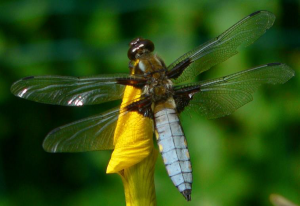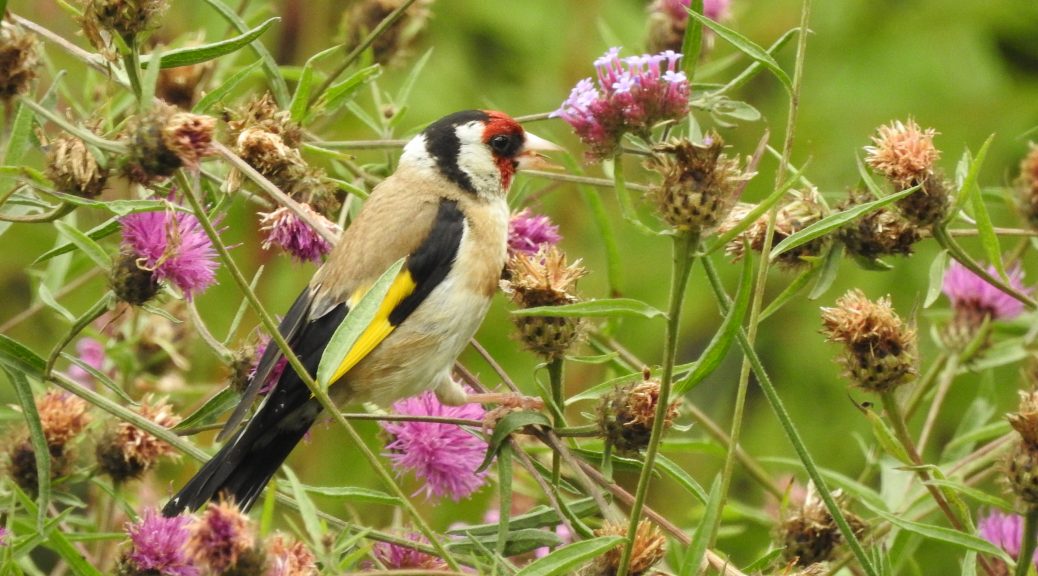The Normandy landscape for wildlife consists largely of small fields, hedgerows and ditches, variably sized ancient woodlands and Normandy Common.
The parish is important within Surrey since it contains a number of Sites of Nature Conservation Importance (SNCIs) – areas of wildlife importance at a county level – within its boundaries. The parish also boasts part of the Ash Ranges; this internationally important heathland is a Site of Special Scientific Interest (SSSI) and a Special Protection Area (SPA).
The parish is included within the Wanborough & Normandy
Woods & Meadows Biodiversity Opportunity Area (BOA). The aim of Biodiversity Opportunity Areas (BOAs) is to establish a strategic framework for conserving and enhancing biodiversity at a landscape-scale, making our wildlife more robust to changing climate and socio-economic pressures.
Distribution maps for key species in the Normandy parish are available for members only. A password is required to access these records, which is provided by email to members.
Check out the Lockdown Nature Photo Gallery to see the beauty of nature in Normandy.
Places to Visit
Traditional Orchard
Normandy Common
Use this Normandy Common Information Board 2018 for a map and information on wildlife the next time you’re going to walk there. Please let us know of any interesting sightings you see while out and about there and in the rest of Normandy.
Normandy Pond
I spy in Winter
- See if you can encourage redwings and fieldfares into your gardens by leaving apples about. These winter visitors fly in from Scandinavia to feast on wild fruit and berries.
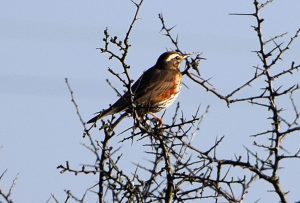
- Look out for butterflies hibernating in sheltered places; on warm days you may even see a red admiral taking a winter flight.
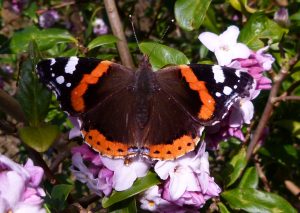
- See how early you can spot the shiny petals of lesser celandines and primroses, both of which should be brightening up our gardens and hedgerows from January onwards.
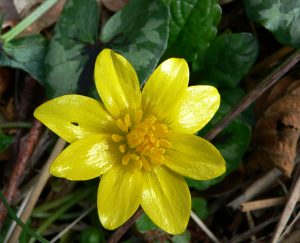
- Several species of butterfly should be emerging from their winter hibernation. How many species can you spot?
- Birds will be singing to claim their territory and starting to pair off and build their nests. How many different songs can you identify
- Early wild flowers appearing on the common and in hedgerows are germander speedwell and lesser celandine – and can you spot the wild daffodils blooming around the pond?I spy in Spring
- Migrating chiffchaffs and willow warblers should be arriving now, so listen out for their distinctive songs.
- Slow worms, the UK’s only legless lizard, should be on the move as the weather warms (we hope!). Do let FNW know if you are lucky enough to spot one in your garden.
- Look out for blackthorn blossom decorating roadsides and providing Spring nectar for bees and other insects.
